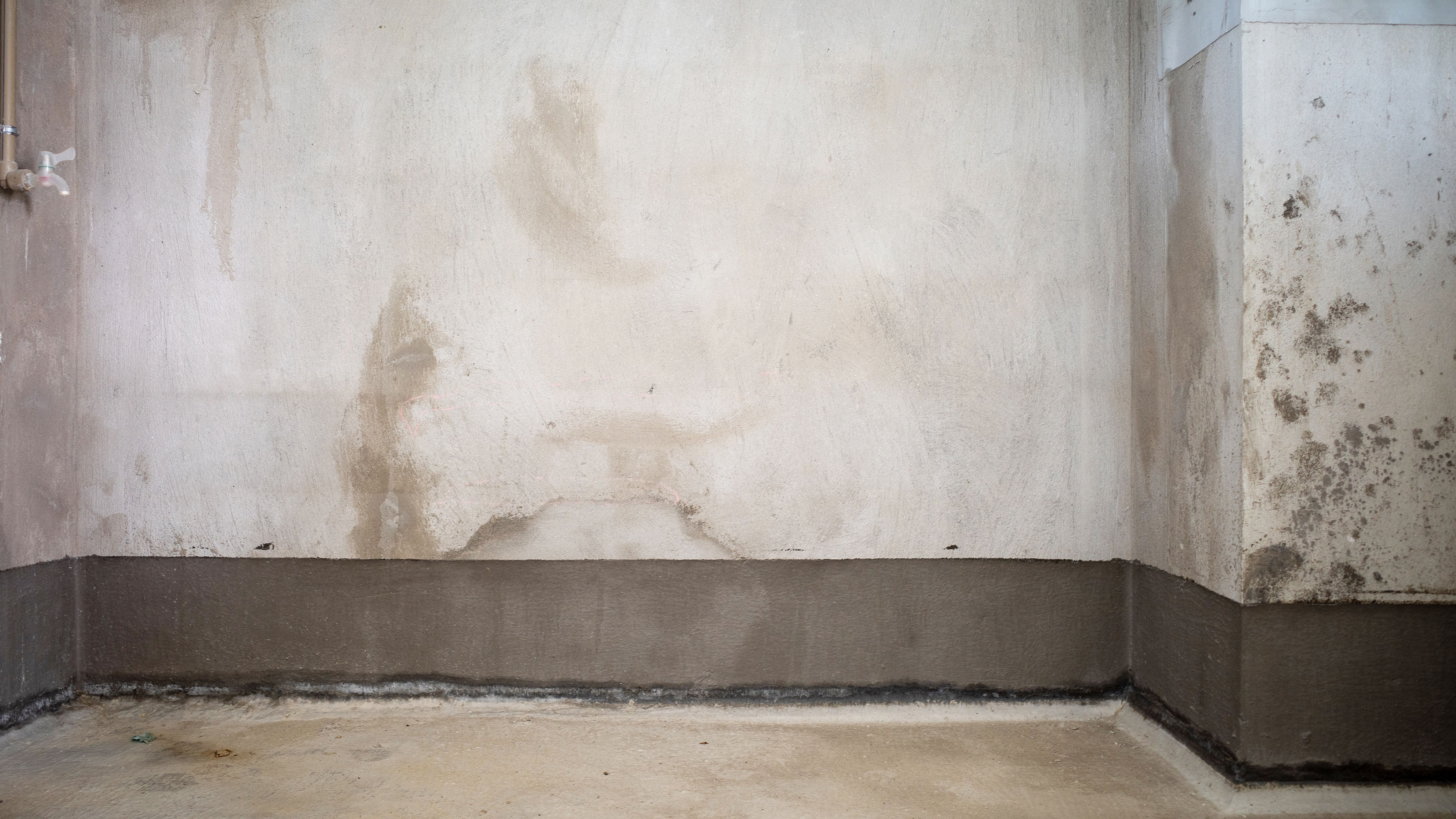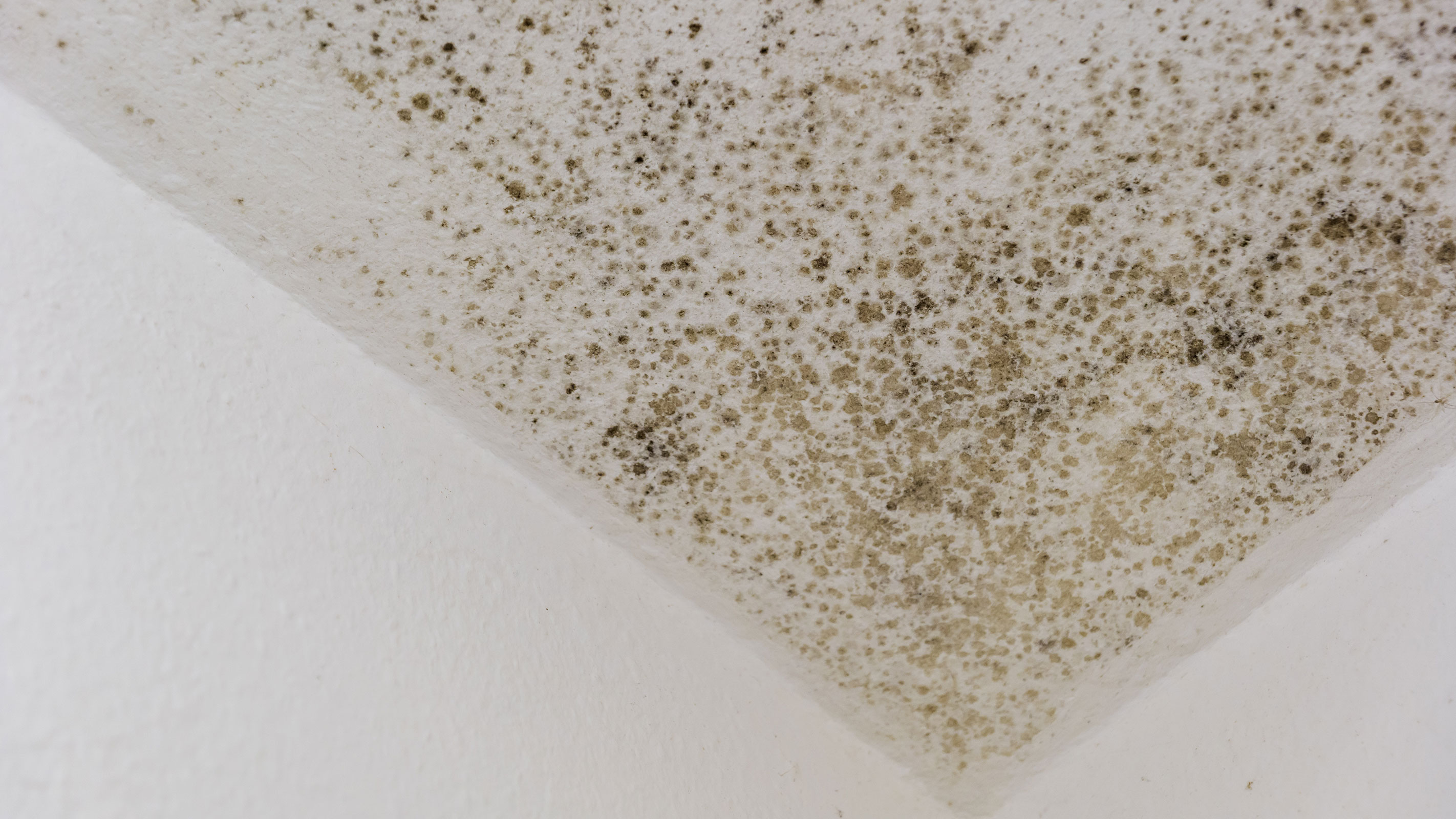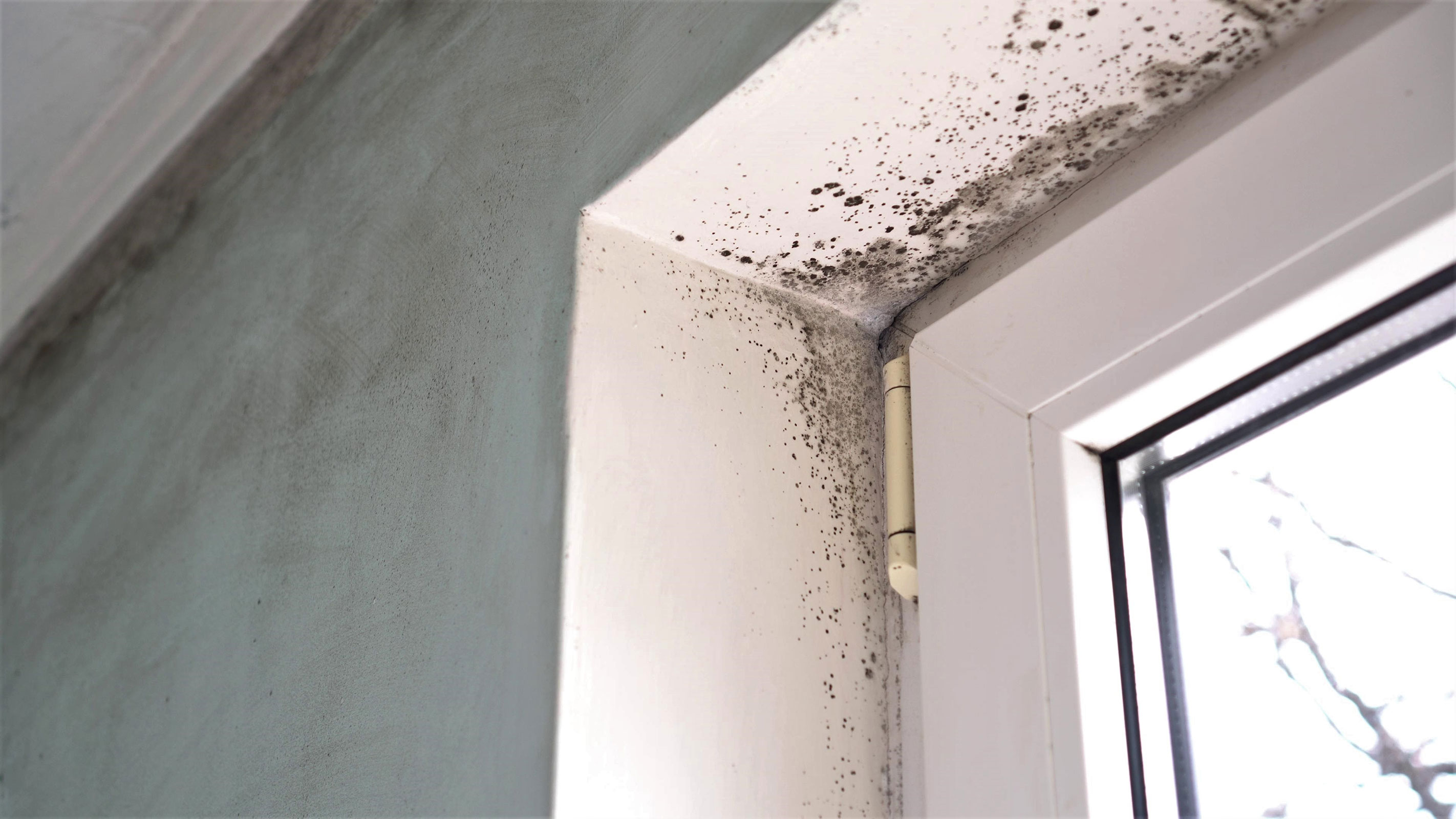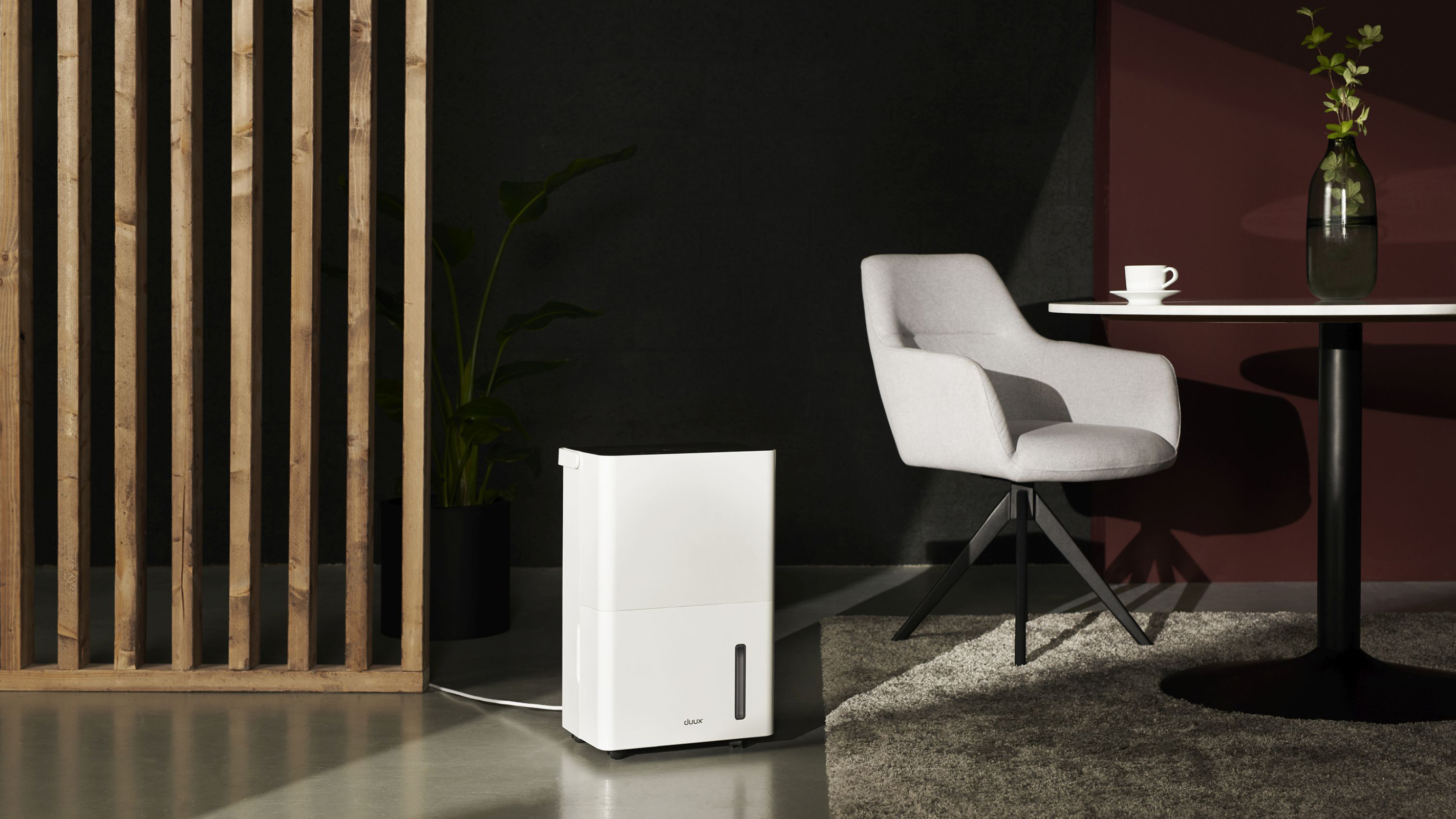
Mould in houses is a very real issue, yet it is a problem that often gets ignored or covered up. This means that inappropriate building work that may have caused the problem is never addressed, and so the problem continues.
Doctors have long been aware of the links between mould growth and ill health, particularly amongst the young, the elderly and people with respiratory conditions such as asthma. The case of two-year old toddler Awaab Ishak, who died in December 2020 from a severe respiratory condition caused by prolonged exposure to mould at his home in Rochdale, reminds us of just how seriously we should be taking mould growth in our homes. Yet there’s comparatively little awareness of what actually causes the problem.
While understanding the best ways of mould removal is a good start, it is even better to understand and fix the root of the problem. So it may come as a surprise to learn that renovated properties can be especially prone to the sort of conditions where occupants suffer from respiratory illnesses, allergies and fungal infections.
In this guide, we cover everything you need to know about mould, from what causes it in the first place to the different types of mould you need to be on the lookout for.
Types of mould explained
Mould is a living organism that proliferates in the indoor environment as long as conditions are favourable. The word ‘mould’ is a collective term for spore-producing hyphomycetes fungi and there are actually many different types of mould to be aware of.
When allowed to propagate, some moulds can produce mycotoxins, so inhaling excessive quantities of airborne particles may lead to allergic reactions with symptoms such as wheezing and itchy eyes or skin caused by irritation of mucous membranes in the eyes and respiratory tract.
There are several different types of mould but the ones most commonly found in our homes are the black and green varieties, both of which can be harmful to health.
Bring your dream home to life with expert advice, how to guides and design inspiration. Sign up for our newsletter and get two free tickets to a Homebuilding & Renovating Show near you.
Green mould typically has a fluffy appearance and is often found growing on damp walls, inside cupboards and on carpets.
Black mould is more common and a particularly toxic micro fungus variety, stachybotrys chartarum, is often detected on cellulose-rich building materials in damp or water-damaged buildings.

The main causes of mould
As well as potentially endangering occupants’ health, mould growth can obviously have a detrimental effect on a property’s visual appeal and hence its market value. Estate agents know only too well that if potential buyers are accosted by rampant mould the ‘yuk factor’ will very likely be reflected in the price they’re prepared to offer.
In my experience as a chartered surveyor, poor indoor air quality and mould staining are often associated with properties that have been partially refurbished to reduce air leakage and heat loss. The problem with improved air tightness is that unless the works are carried out as part of a carefully coordinated programme there’s a danger that it can lead to poor air quality with stale air not being replaced at a sufficient rate due to a lack of ventilation. Problems tend to be more pronounced in older properties with solid masonry walls and blocked up fireplaces.
A classic example might be a self-contained flat in a cheaply built block with newly installed double-glazed windows. A combination of airtight windows with little or no air extraction from kitchens and bathrooms causes water vapour to become trapped, resulting in high humidity and condensation forming on uninsulated external walls.
Activities that generate large volumes of water vapour, such as cooking with gas, tend to exacerbate the problem. So the most obvious potential trouble spots in the home tend to be poorly ventilated bathrooms and kitchens.

Keeping relatively humidity under control
Moulds are a natural part of our ecosystem. Microscopic spores invisible to the naked eye are present in the air we breathe interspersed with dust particles. Problems only start to develop where the spores land on surfaces prone to excessive moisture, which in some homes may be related to modern occupancy lifestyles that generate large quantities of water vapour.
Any building, old or new, can potentially be at risk, but mould is more likely to flourish with high levels of indoor humidity typically caused by condensation, water leaks or penetrating damp. It can be helpful to look at how to solve condensation.
In severely affected properties there’s normally an unmistakable damp, mouldy odour accompanied by outbreaks of black speckled mould on cold spots, such as window and door reveals.
However, not all outbreaks of mould in the home are readily visible to the naked eye or detectable by the average human nose. So to determine whether a property is at risk you need to gauge how moist the indoor air is.
Relative Humidity (RH) measures how close the air in a building is to being saturated, telling you in percentage terms how much water vapour is in the air compared to the maximum possible at that temperature. The ‘dew point’ is the temperature at which the air reaches saturation point at 100% RH. Warmer air can hold more water vapour, so as the temperature drops the RH will increase until it gets to 100%. At this point it’s completely saturated and cannot hold any more water vapour so it offloads it in the form of condensation (assuming the air pressure remains constant).
To measure relative humidity a device known as a hygrometer is traditionally used but (inevitably) you can now download hygrometer apps to your smartphone. To avoid the risk of harmful moulds developing, the general consensus is that relative humidity should be maintained below 80% and ideally no more than 65%.
One thing to bear in mind is that measurements taken in the atmosphere of a room tend to be lower than ones taken next to the surface of main walls. So a relatively safe reading in your living space could be misleading if the equivalent figure in the ‘danger zone’ next to the wall is redlining above 80%, which could be enough to promote mould growth even before condensation occurs.
Best mould solutions
The first step to eradicate the risk of mould infestation in the home is to reduce moisture levels sufficiently to prevent future spore growth. A decent dehumidifier can be a useful piece of kit for this purpose as a temporary measure until permanent improvements have been carried out to ensure the building functions satisfactorily in future.
Where you’ve got visible mould staining, the contamination can normally be removed from hard surfaces by thoroughly cleaning with a weak bleach solution, specialist mould remover or steriliser spray (remembering to wear appropriate PPE). This is important because old mould growth, even when inactive and powdery, can still be potentially detrimental to health if spores are inhaled. Any severely contaminated porous materials like damp plasterboard or mouldy carpets will need to be cut out and replaced. Once the building fabric has been allowed to dry out, relative humidity levels should if possible be maintained below 65%.
As noted earlier, inadequate levels of ventilation are a major part of the problem, especially when combined with high levels of indoor humidity. So it’s advisable to install efficient modern extract fans in kitchens as well as bathroom extractor fans in bathrooms, cloakrooms and utility rooms.
Humidistat fans are particularly useful because they operate automatically when humidity levels become dangerously high. Functioning trickle vents in windows have a role to play to help disperse humid air, and reinstating original ventilation paths from fireplaces etc can also improve air quality.
Where it’s practical to install a mechanical ventilation system this can be an ideal solution for maintaining consistent humidity levels in the home. To finish the job, cold surfaces around the envelope of the building should be insulated, particularly walls, window reveals and lofts.
The final remedy to deter mould growth is to review any lifestyle changes that could be made to help reduce indoor moisture such as cutting back where possible on boiling food and indoor clothes drying.

Chartered surveyor Ian Rock MRICS is a director is Rightsurvey.co.uk and the author of eight popular Haynes House Manuals, including the Home Extension Manual, the Self Build Manual and Period Property Manual.
Ian is also the founder of Zennor Consultants. In addition to providing house surveys, Zennor Consultants provide professional guidance on property refurbishment and maintenance as well as advising on the design and construction of home extensions and loft conversions, including planning and Building Regulations compliance.
Ian has recently added a 100m2 extension to his home; he designed and project managed the build and completed much of the interior fit-out on a DIY basis.

